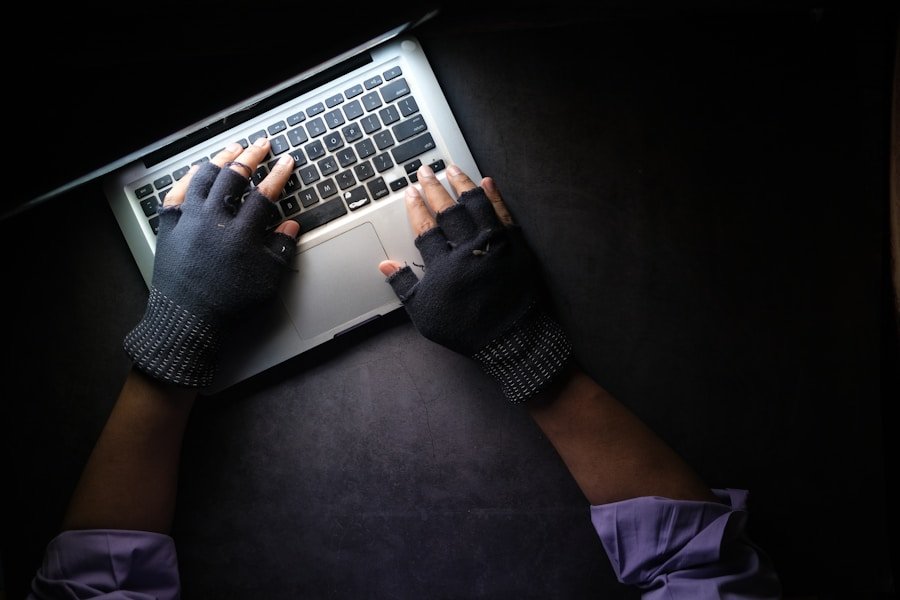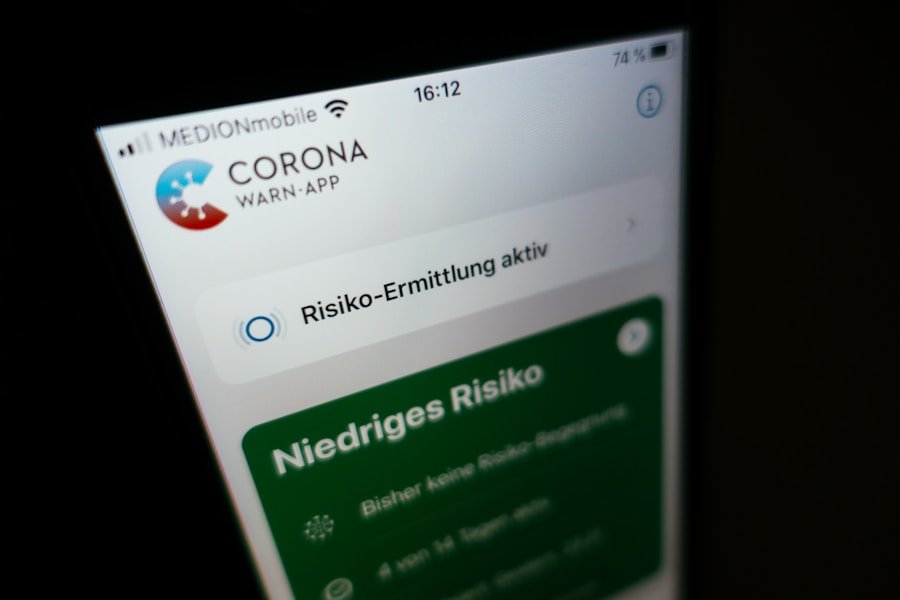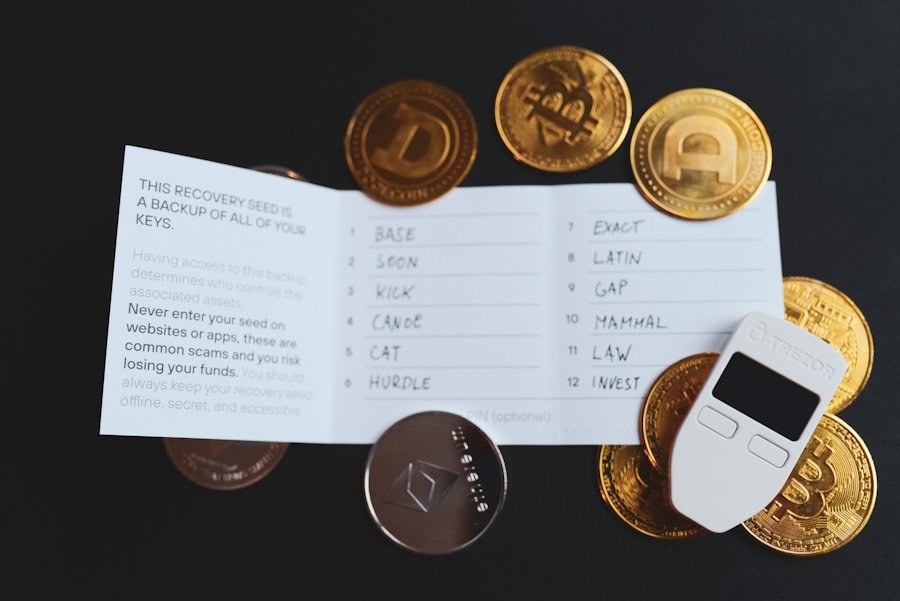In the digital era, safeguarding sensitive data has become a paramount concern. Sensitive data encompasses any information that, if accessed by unauthorized parties, could cause harm to individuals or organizations. This includes personal data such as social security numbers, financial information, and medical records, as well as proprietary business information and trade secrets.
The repercussions of unauthorized access to sensitive data can be severe, ranging from financial losses and reputational damage to legal and regulatory penalties. Unauthorized access to sensitive data poses significant risks and consequences. For individuals, unauthorized access to personal information can result in identity theft, financial fraud, and other forms of exploitation.
For businesses, unauthorized access to proprietary information can lead to the loss of competitive advantage, damage to brand reputation, and legal liabilities. Furthermore, unauthorized access to sensitive data can also result in regulatory non-compliance, which can lead to substantial fines and other penalties. Therefore, it is essential for individuals and organizations to be aware of the potential risks and consequences of unauthorized data access and take proactive measures to mitigate these risks.
Key Takeaways
- Protecting sensitive data is crucial to prevent unauthorized access and potential misuse.
- Unauthorized access to sensitive data can lead to severe consequences, including financial loss, reputation damage, and legal issues.
- Common methods of unauthorized data access include phishing, malware, and social engineering.
- Identifying and preventing unauthorized access requires implementing strong security measures, such as encryption, access controls, and regular monitoring.
- Best practices for securing sensitive data include regular security audits, employee training, and compliance with data protection laws and ethical guidelines.
Risks and Consequences of Unauthorized Access
Methods of Unauthorized Access
Sensitive data can be compromised through various means, including hacking, phishing, malware, and physical theft. Hackers employ advanced techniques to infiltrate computer systems and networks, while phishing attacks deceive individuals into divulging sensitive information through fraudulent emails or websites. Malware, such as viruses and ransomware, can also infect computer systems, stealing information and granting unauthorized access. Moreover, the physical theft of devices like laptops and smartphones can result in unauthorized access to sensitive data.
Risks and Consequences
The risks and consequences of unauthorized access to sensitive data are severe. For individuals, it can lead to identity theft, financial fraud, and invasion of privacy. Businesses, on the other hand, may suffer from the loss of intellectual property, financial loss, damage to reputation, and legal liabilities. Furthermore, unauthorized access can result in regulatory non-compliance, leading to substantial fines and penalties.
Proactive Measures for Data Protection
It is essential for individuals and organizations to be aware of the potential risks and consequences of unauthorized data access and take proactive measures to safeguard their sensitive data. By understanding the methods of unauthorized access and the severe consequences that follow, individuals and businesses can take steps to protect themselves from these threats and ensure the security of their sensitive information.
Common Methods of Unauthorized Data Access
There are several common methods that hackers and cybercriminals use to gain unauthorized access to sensitive data. One of the most common methods is hacking, which involves exploiting vulnerabilities in computer systems and networks to gain access to sensitive information. This can be done through techniques such as brute force attacks, where hackers attempt to guess passwords, or through the exploitation of software vulnerabilities.
Phishing is another common method of unauthorized data access, where cybercriminals use deceptive emails or websites to trick individuals into revealing their sensitive information. Malware, such as viruses and ransomware, can also be used to gain unauthorized access to sensitive data by infecting computer systems and stealing information. Additionally, physical theft of devices such as laptops and smartphones can also result in unauthorized access to sensitive data.
How to Identify and Prevent Unauthorized Access
There are several steps that individuals and organizations can take to identify and prevent unauthorized access to sensitive data. One of the most important steps is to regularly monitor computer systems and networks for any signs of unauthorized access. This can involve using intrusion detection systems and security information and event management (SIEM) tools to detect any unusual activity on computer systems and networks.
It is also important for individuals and organizations to educate themselves about the common methods of unauthorized data access, such as hacking, phishing, and malware, so that they can recognize potential threats and take appropriate action. In addition to monitoring computer systems and networks, individuals and organizations should also implement strong security measures to prevent unauthorized access to sensitive data. This can include using strong passwords and multi-factor authentication, encrypting sensitive information, and regularly updating software and security patches.
It is also important for individuals and organizations to implement security awareness training programs to educate employees about the risks of unauthorized data access and how to prevent it. By taking these proactive measures, individuals and organizations can significantly reduce the risk of unauthorized access to sensitive data.
Best Practices for Securing Sensitive Data
There are several best practices that individuals and organizations can follow to secure their sensitive data. One of the most important best practices is to regularly back up sensitive information so that it can be easily restored in the event of unauthorized access or data loss. It is also important for individuals and organizations to implement strong password policies, such as using complex passwords and regularly changing them.
Additionally, individuals and organizations should encrypt sensitive information both at rest and in transit to prevent unauthorized access. Another best practice for securing sensitive data is to implement access controls to limit who can access sensitive information within an organization. This can involve using role-based access controls to ensure that only authorized individuals have access to sensitive data.
It is also important for individuals and organizations to regularly update software and security patches to protect against known vulnerabilities that could be exploited by cybercriminals. By following these best practices, individuals and organizations can significantly reduce the risk of unauthorized access to their sensitive data.
Legal and Ethical Considerations of Data Protection
In addition to the technical aspects of protecting sensitive data, there are also legal and ethical considerations that individuals and organizations must take into account. Many countries have laws and regulations that govern the protection of sensitive data, such as the General Data Protection Regulation (GDPR) in the European Union and the Health Insurance Portability and Accountability Act (HIPAA) in the United States. These laws require individuals and organizations to take specific measures to protect sensitive data, such as implementing security controls and notifying individuals in the event of a data breach.
In addition to legal requirements, there are also ethical considerations that individuals and organizations must consider when protecting sensitive data. It is important for individuals and organizations to respect the privacy rights of individuals by only collecting and using their sensitive information for legitimate purposes. Individuals and organizations should also be transparent with individuals about how their sensitive information is being used and take steps to secure it from unauthorized access.
By considering these legal and ethical considerations, individuals and organizations can ensure that they are protecting sensitive data in a responsible manner.
The Role of Technology in Protecting Sensitive Data
Technology plays a crucial role in protecting sensitive data from unauthorized access. There are a variety of technological solutions that individuals and organizations can use to protect their sensitive information. One of the most important technological solutions is encryption, which involves encoding sensitive information so that it cannot be easily accessed by unauthorized individuals.
Encryption can be used to protect sensitive information both at rest, such as on a hard drive or server, and in transit, such as when it is being transmitted over a network. In addition to encryption, individuals and organizations can also use firewalls and intrusion detection systems to protect their sensitive data from unauthorized access. Firewalls act as a barrier between a trusted internal network and untrusted external networks, while intrusion detection systems monitor computer systems and networks for any signs of unauthorized access.
It is also important for individuals and organizations to use antivirus software and regularly update software and security patches to protect against known vulnerabilities that could be exploited by cybercriminals. By leveraging these technological solutions, individuals and organizations can significantly enhance their ability to protect their sensitive data from unauthorized access. In conclusion, protecting sensitive data from unauthorized access is crucial for individuals and organizations in today’s digital age.
The risks and consequences of unauthorized access are significant, ranging from financial loss and reputational damage to legal liabilities. There are several common methods that hackers use to gain unauthorized access to sensitive data, including hacking, phishing, malware, and physical theft. However, there are also several steps that individuals and organizations can take to identify and prevent unauthorized access, such as monitoring computer systems and networks for any signs of unusual activity and implementing strong security measures.
Best practices for securing sensitive data include regularly backing up information, implementing strong password policies, encrypting sensitive information, implementing access controls, and regularly updating software and security patches. In addition to the technical aspects of protecting sensitive data, there are also legal and ethical considerations that individuals and organizations must take into account. Many countries have laws and regulations that govern the protection of sensitive data, such as the GDPR in the European Union and HIPAA in the United States.
Finally, technology plays a crucial role in protecting sensitive data from unauthorized access through solutions such as encryption, firewalls, intrusion detection systems, antivirus software, and regular software updates. By understanding the dangers of unauthorized access and taking proactive measures to protect their sensitive data, individuals and organizations can significantly reduce the risk of falling victim to cybercrime. It is essential for everyone to prioritize the protection of their sensitive data in order to safeguard their privacy, financial security, reputation, and legal compliance.
FAQs
What is sensitive data?
Sensitive data refers to any information that, if accessed by unauthorized individuals, could cause harm to an individual or organization. This can include personal information such as social security numbers, financial data, health records, and proprietary business information.
What are the dangers of unauthorized access to sensitive data?
Unauthorized access to sensitive data can lead to identity theft, financial fraud, reputational damage, and legal consequences for individuals and organizations. It can also result in the loss of competitive advantage for businesses and compromise the privacy and security of individuals.
How can sensitive data be protected from unauthorized access?
Sensitive data can be protected from unauthorized access through the use of strong passwords, encryption, multi-factor authentication, regular software updates, and employee training on data security best practices. Additionally, implementing access controls and monitoring systems can help detect and prevent unauthorized access.
What are the legal implications of unauthorized access to sensitive data?
Unauthorized access to sensitive data can result in legal consequences such as fines, lawsuits, and regulatory penalties. Organizations that fail to protect sensitive data may be in violation of data protection laws such as the General Data Protection Regulation (GDPR) and the Health Insurance Portability and Accountability Act (HIPAA).
What should individuals and organizations do if they suspect unauthorized access to sensitive data?
If individuals or organizations suspect unauthorized access to sensitive data, they should immediately report the incident to their IT department or data security team. It is important to take swift action to mitigate the impact of the breach and prevent further unauthorized access. Additionally, affected individuals should consider monitoring their financial accounts and credit reports for any signs of fraudulent activity.













